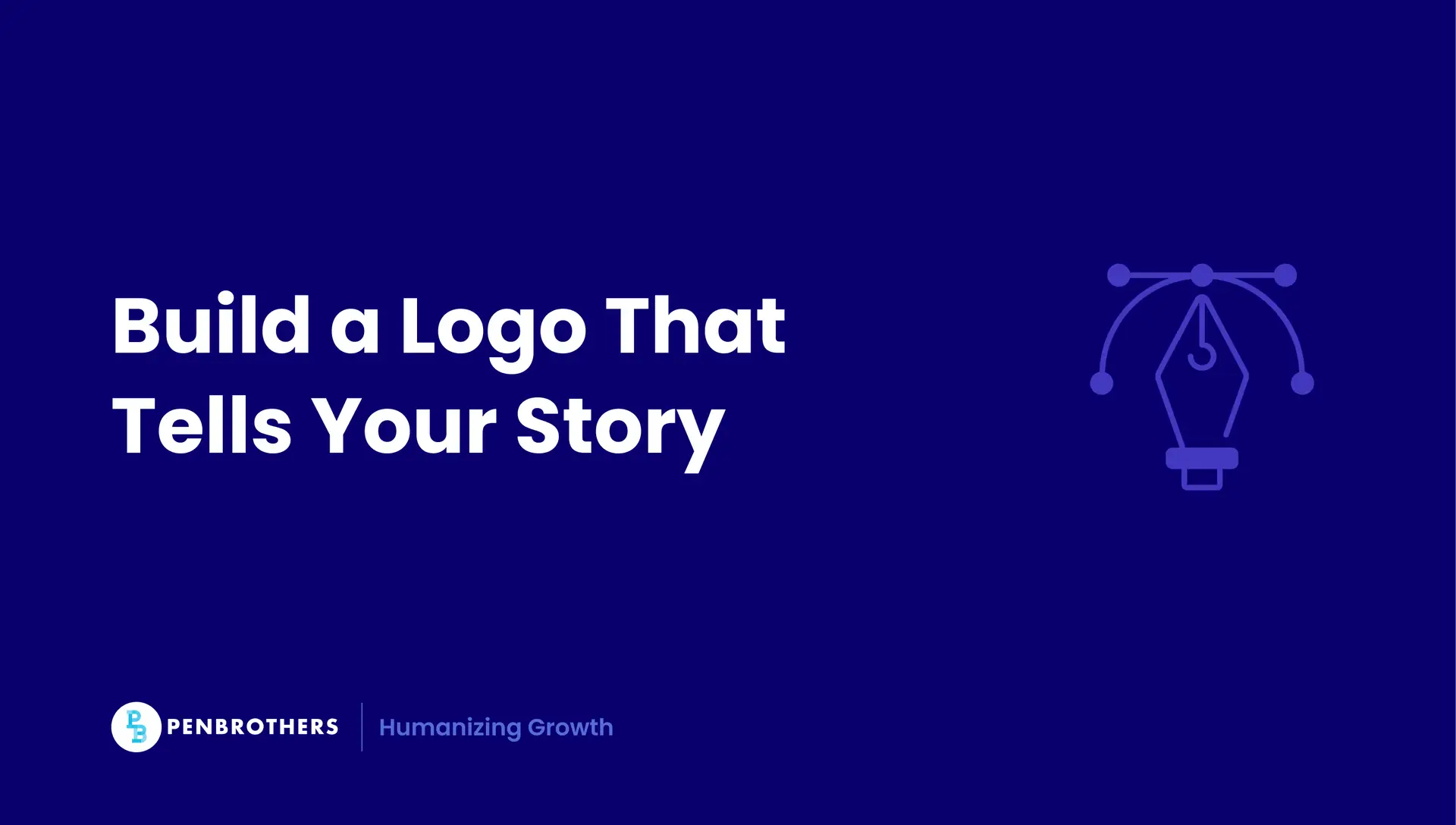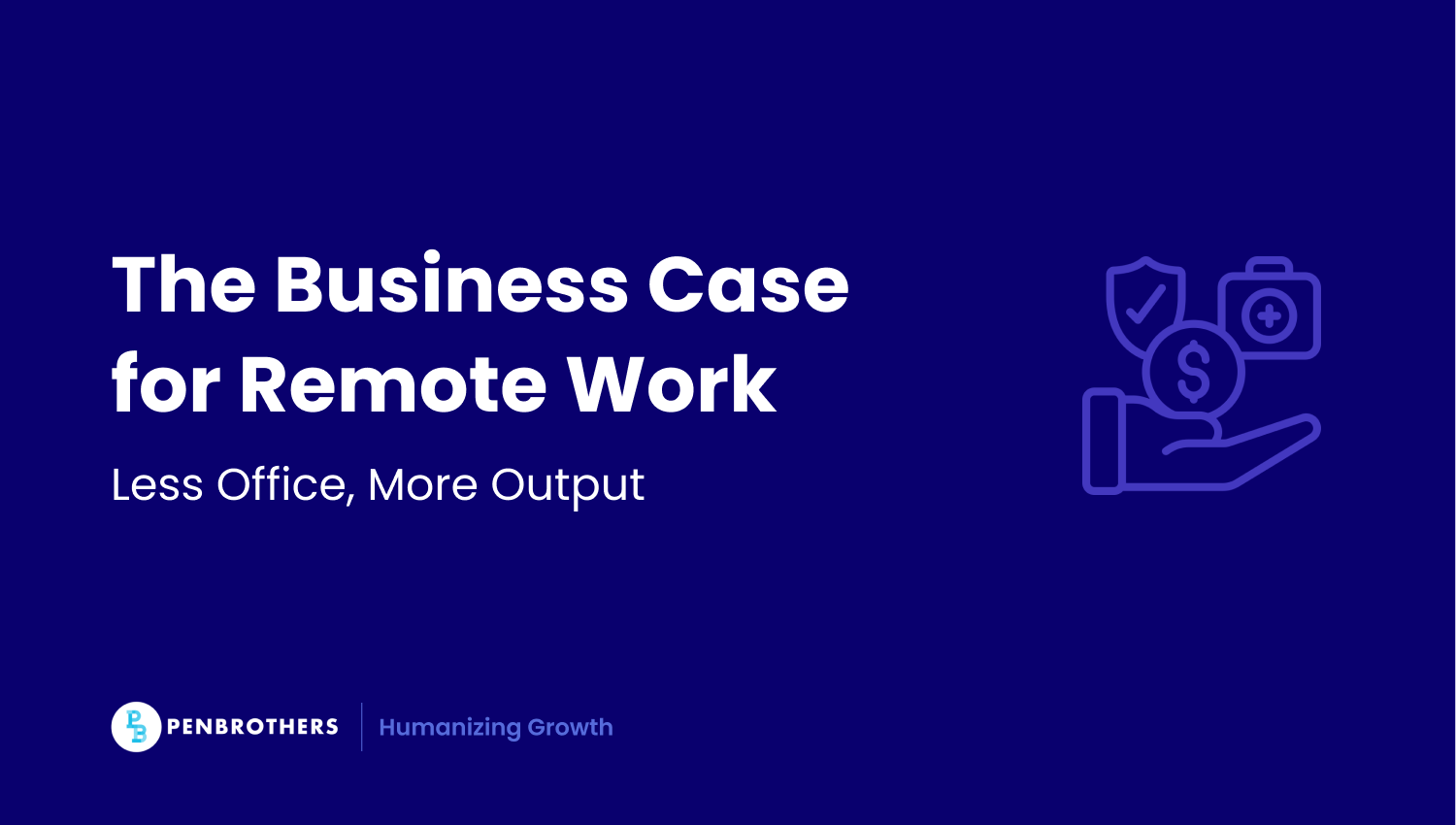What's Inside?
50 Check-In Questions to Kickstart Engaging, Productive Meetings

Meetings aren’t just about agendas. They’re about people.
Every time a team logs on or walks into a room, they bring more than just their task list; they bring their energy, stress, ambitions, and expectations. That’s why check-in questions, while simple on the surface, have the power to shift the tone of a meeting from transactional to transformational.
They’re small but strategic. Especially for remote and distributed teams where rapport doesn’t happen by the water cooler. Asynchronous work makes this even more important, as team touchpoints are fewer and less structured.
When done right, check-in questions boost engagement, humanize work, and spark real conversation. And in our experience at Penbrothers, where we help fast-growing companies scale teams offshore, meetings that start strong tend to stay strong.
Let’s dig in.
Key Takeaways
- A Strategic Tool for Engagement, Not Just an Icebreaker: Check-in questions are a simple but strategic tool used to boost engagement, build connection, and foster psychological safety. They are especially critical for remote and distributed teams where opportunities for informal interaction are limited.
- Context is Key to Asking the Right Question: The most effective check-in questions are tailored to the specific context of the meeting. There are distinct categories of questions designed for different scenarios, such as personal and developmental questions for one-on-one meetings, alignment-focused questions for weekly team syncs, and brief, tactical questions for daily stand-ups.
- The Dual Purpose is Connection and Discovery: A good check-in question serves two main purposes. It helps to humanize the work environment and build rapport among team members, while also providing an opportunity to surface potential challenges, wins, or blockers in a low-pressure way before the main agenda begins.
- Effective Facilitation Makes a Difference: To get the most value from check-in questions, facilitators should follow best practices. This includes rotating the questions to keep them fresh, always allowing team members the option to pass if they do not wish to share, and keeping the activity brief and focused to respect the meeting’s primary objectives.
Why Check-In Questions Matter
A good meeting isn’t measured by how quickly it ends. It’s measured by how aligned, energized, and committed people feel once it’s over.
Check-in questions help:
- Build connection in teams that may rarely see each other in person
- Surface challenges or blockers early
- Set the tone and psychological safety for the rest of the call
According to Gallup, only 3 in 10 employees strongly agree that their opinions count at work, yet employees who feel heard are 4.6 times more likely to feel empowered to do their best work.
According to Future Forum, employees at companies seen as technology innovators report significantly higher employee experience scores, including 2.2x higher sense of belonging and 2.8x greater satisfaction, compared to those at companies seen as technology laggards
At Penbrothers, we see firsthand how this plays out in distributed teams. Meetings are moments of connection, if you design them right.
What Makes a Great Check-In Question?
Not all check-ins are created equal. To be effective, a check-in question should:
- Be open-ended (yes/no questions don’t open minds)
- Match the meeting context (casual, operational, or reflective)
- Allow space for vulnerability without forcing it
- Be inclusive and considerate of time zones, cultures, and communication styles
In short, it should spark curiosity and connection, not awkward silence.
McKinsey notes that high-performing teams foster a sense of psychological safety, which allows individuals to express themselves freely. This, in turn, drives innovation, agility, and learning.
50 Check-In Questions by Meeting Type
Use this categorized list to make your meetings more human, one question at a time.
A. Icebreaker Questions for Any Meeting
These are your go-to questions for warming up any group, project kickoff, cross-functional check-in, or even a last-minute sync.
- What’s your go-to productivity hack?
- What’s one small win you had this week?
- What’s a food you love but never cook at home?
- What emoji best describes your mood today?
- What’s a recent podcast or article you found insightful?
- If you could teleport anywhere right now, where would you go?
- What’s something you’re grateful for this week?
- What’s the most binge-worthy show you’ve watched lately?
B. One-on-One Meetings
Designed for managers and direct reports. Use these to build trust, spot burnout early, and align on growth.
9. What’s one thing you’ve recently learned about yourself?
10 .What’s been your biggest challenge lately?
11. How would you rate your energy level this week?
12. What’s something you’re proud of that I might not know about?
13. How can I support you better right now?
14. What’s the best piece of feedback you’ve received lately?
15. What’s one thing you want to get better at?
16. How do you feel about your current path?
C. Weekly Team Meetings
Help your team reflect, align, and look ahead. A short check-in goes a long way in surfacing wins and risks.
17. What accomplishment from last week are you proud of?
18. What was your biggest blocker?
19. What are you most focused on this week?
20. What’s one thing the team should know about your current work?
21. What do you need from the team to succeed this week?
22. How heavy does your workload feel right now (0–10)?
23. What’s something you learned from last week?
24. What’s your top goal this sprint?
D. Daily Stand-Ups
Keep it crisp and focused. These questions help identify what’s urgent and what might fall through the cracks.
25. What’s your top priority today?
26. What’s one thing that might slow you down?
27. How can the team support you today?
28. What’s one thing you’re looking forward to finishing today?
29. What’s a task you’re dreading (and why)?
30. What will help you stay focused?
31. How will you end the day better than you started it?
32. What’s your energy level like today?
E. Team-Building or Culture-Building Meetings
Make space for recognition, self-awareness, and deeper connection. These are especially useful in quarterly offsites or retros. You can also explore virtual team building activities that complement these rituals.
33. Which teammate would you like to give a shoutout to?
34. What’s one thing you admire in someone on this team?
35. What’s something we do well as a team?
36. Where do you think we can improve together?
37. What’s your “work superpower”?
38. How can we show appreciation better?
39. What team ritual would you like to try?
40. What’s one lesson we’ve learned as a team recently?
F. Remote and Virtual Meetings
Especially helpful when team members are scattered globally. These break the ice and make space for real talk.
41. What’s your go-to WFH snack?
42. What’s something quirky about your current setup?
43. What’s your trick for staying energized during long video calls?
44. What do you miss most about working in-person?
45. What helps you shift between work and home mode?
46. What’s the view outside your window?
47. Where are you calling in from today?
48. What’s something unique about where you live?
49. What’s one remote work habit that’s made your life better?
50. If you had to rename your home office, what would you call it?
Pro Tips for Using Check-In Questions Effectively
Here are a few guidelines to keep check-ins meaningful and efficient:
- Rotate regularly: Don’t ask the same question every week.
- Give people a pass: Not everyone wants to share, that’s okay.
- Keep it short: Especially in stand-ups, time matters.
- Use tech wisely: Tools like Deel’s Slack plug-in can automate or randomize check-ins.
- Tie back to values: Highlight answers that reinforce your team’s mission and culture.
According to Microsoft’s Work Trend Index, 62% of meetings are now unscheduled or impromptu, making it even more critical to quickly establish rapport and alignment at the start especially in hybrid work environments where meeting rhythms can vary.
At Penbrothers, we see how distributed teams thrive not because they communicate more, but because they connect more intentionally. Check-ins help.
Downloadable Bonus: The Ultimate Check-In Cheat Sheet
Want a printable, categorized list you can keep by your desk or embed in your Notion workspace?
Check-In Questions
Use it in 1:1s, team calls, onboarding sessions, or retrospectives. Great for managers, HR leaders, or anyone facilitating remote teams.
Final Thoughts
A simple question at the start of a meeting might seem like a small thing. It isn’t.
Check-in questions build the muscle of presence, the kind that leads to better collaboration, more empathy, and stronger outcomes. They’re also a foundational tool if you’re trying to improve employee engagement across distributed teams. For globally distributed teams, it’s often the fastest path to psychological safety.
Whether you’re a founder scaling fast, an HR lead managing global talent, or a team leader navigating change, starting strong is the first step.
And when you need to scale the right people to build the kind of culture that supports this? That’s where Penbrothers comes in.
We don’t just help you hire offshore. We help you build engaged, high-performing teams that communicate like humans, not headcount.
Let’s build something better, together.
Frequently Asked Questions
They are important for building the personal connection and psychological safety that can be lost in remote work environments. They make meetings more engaging, humanize interactions, and can help surface important challenges or wins before the formal agenda starts.
A good check-in question is open-ended (it cannot be answered with a simple “yes” or “no”), is appropriate for the context of the meeting (e.g., casual for a team social, focused for a daily stand-up), and allows people to share comfortably without forcing vulnerability.
For daily stand-ups, questions should be brief and focused on the day ahead. Good examples include: “What’s your top priority today?”, “What’s one thing that might slow you down?”, and “How can the team support you today?”
Questions for a one-on-one meeting are typically more personal and development-focused, designed to build trust and support an individual’s growth (e.g., “What’s been your biggest challenge lately?”). Questions for a weekly team meeting are more focused on group alignment, progress, and collaboration (e.g., “What was your biggest blocker last week?”).
To use them effectively, you should rotate the questions regularly to keep them interesting, always give people the option to pass if they do not want to share, keep the check-in portion of the meeting brief to respect everyone’s time, and, when appropriate, tie the responses back to the team’s values or goals.
*This article was crafted with the support of AI technology and refined by a human editor.





